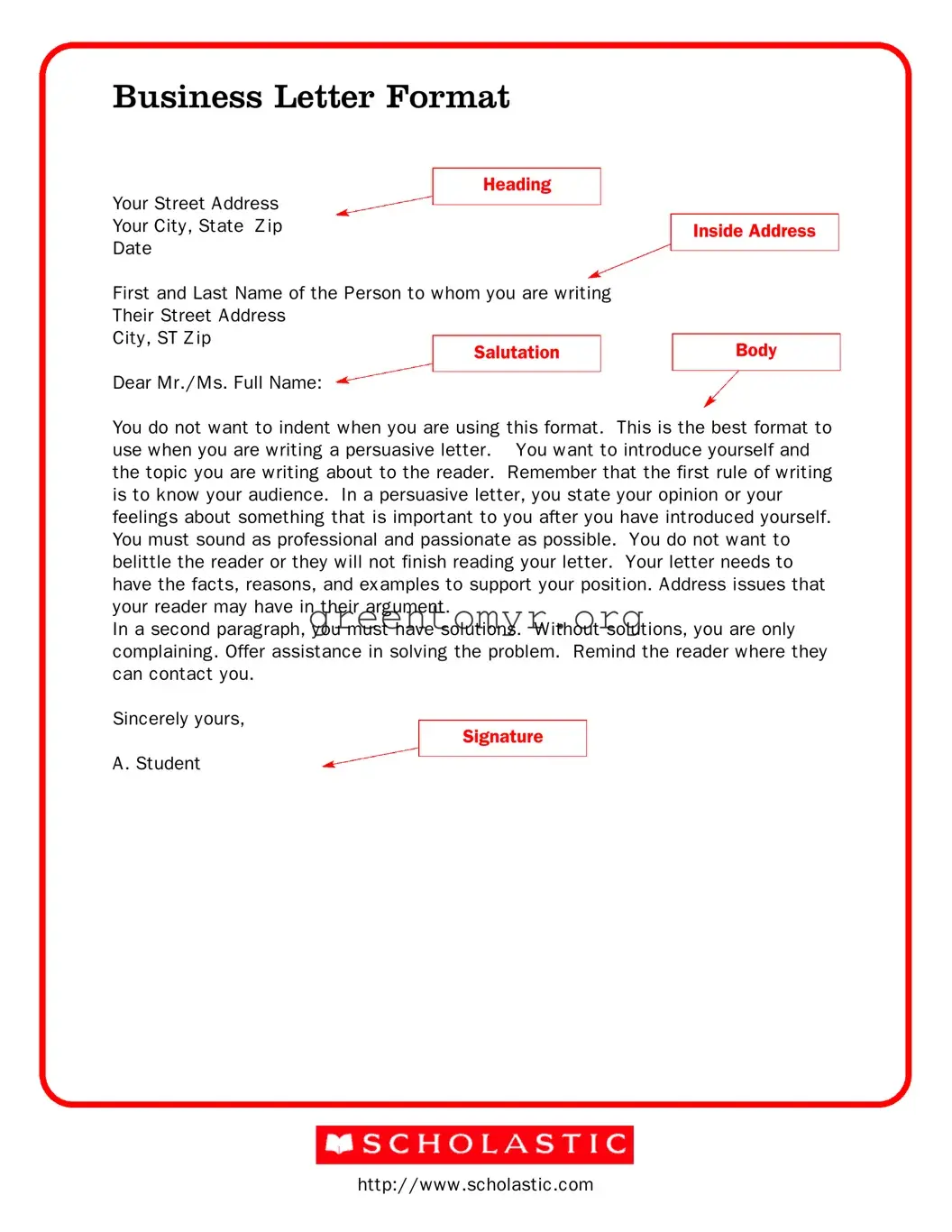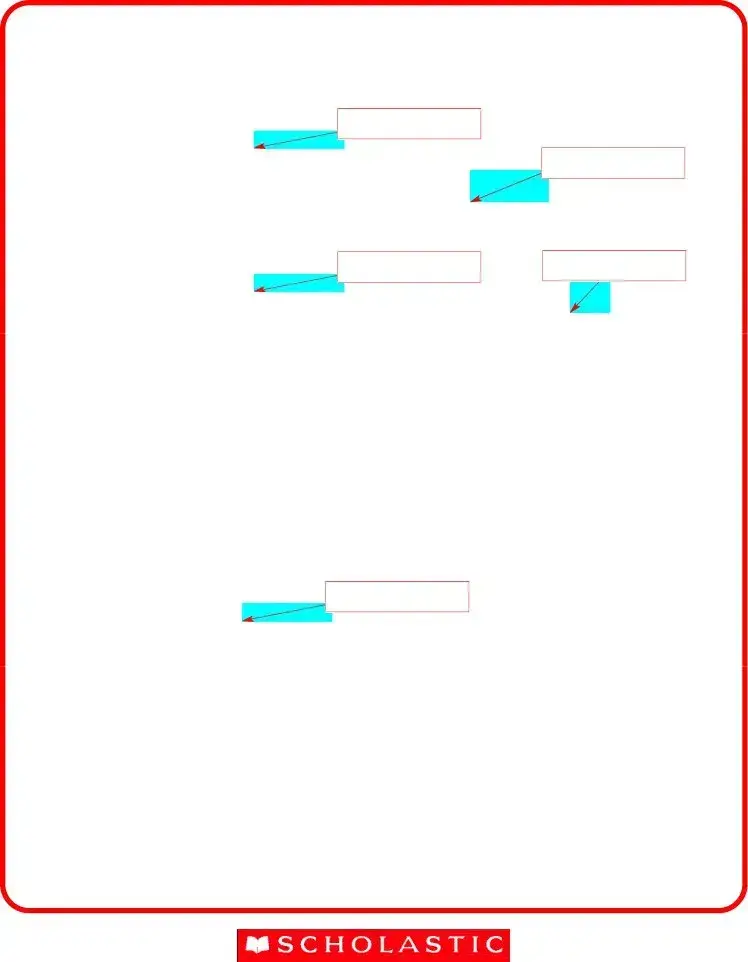The Business Letter Format is an essential tool for anyone needing to communicate effectively and professionally. It starts with a clear heading that includes your address, the date, and the recipient's address, setting the tone for a formal correspondence. The salutation, typically "Dear Mr./Ms. [Last Name]," establishes a respectful connection with the reader. The body of the letter is the core, where you engage your audience by introducing yourself and the topic at hand. Remember, clarity and passion are vital when you present your opinion or feelings on a particular subject. You must also be considerate of the reader's perspective, providing facts and examples that support your argument without diminishing their viewpoints. Follow this with a second paragraph that offers solutions, rather than just voicing complaints; this shows your willingness to collaborate. Concluding with a polite closing, such as "Sincerely yours," followed by your signature, wraps up the letter on a professional note. Utilizing this structure can greatly enhance the effectiveness of your communication and help you achieve your objectives.

